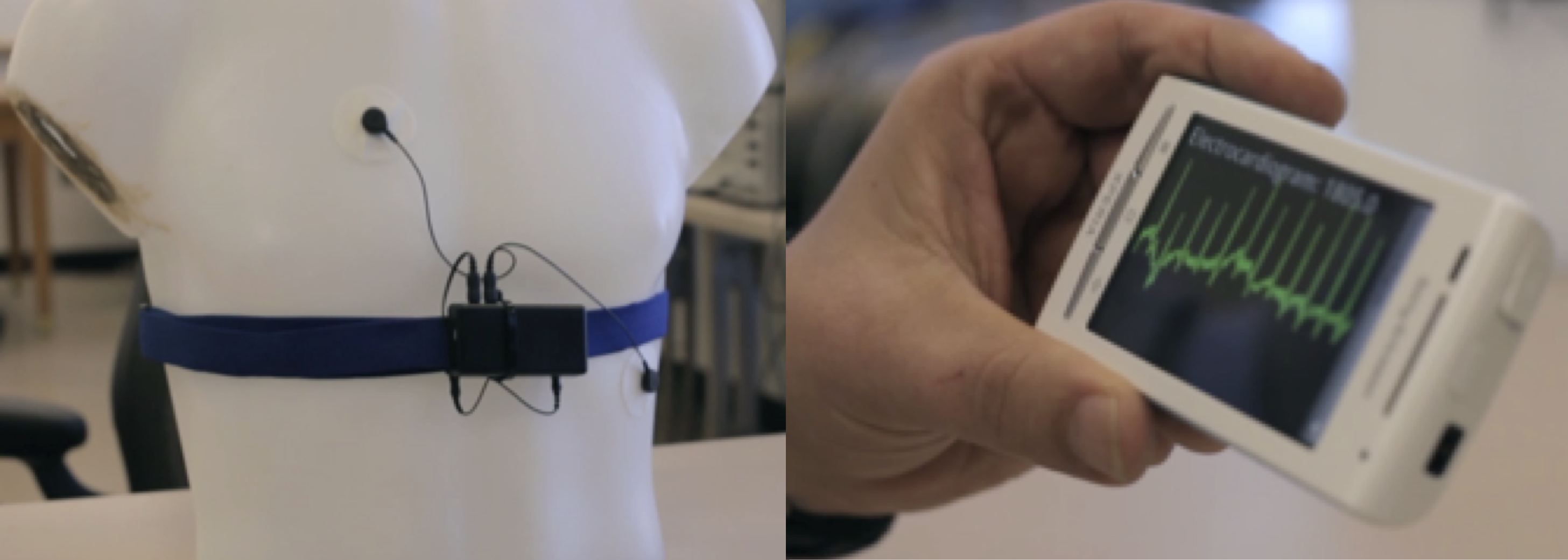SENSE-Lab Paper Discussion Group (Summer 2018)
Presented Papers (Updated Weekly)
- Xin, B., Wang, Y., Gao, W., Wipf, D. and Wang, B., 2016. Maximal sparsity with deep networks?. In Advances in Neural Information Processing Systems (pp. 4340-4348). Goto Meeting 1 page here
- Patel, A.B., Nguyen, M.T. and Baraniuk, R., 2016. A probabilistic framework for deep learning. In Advances in neural information processing systems (pp. 2558-2566). link
Tentative Paper List for SU18
- Patel, A.B., Nguyen, M.T. and Baraniuk, R., 2016. A probabilistic framework for deep learning. In Advances in neural information processing systems (pp. 2558-2566). link
- Mousavi, A. and Baraniuk, R.G., 2017, March. Learning to invert: Signal recovery via deep convolutional networks. In Acoustics, Speech and Signal Processing (ICASSP), 2017 IEEE International Conference on (pp. 2272-2276). IEEE link
- Samuel, N., Diskin, T. and Wiesel, A., 2017. Deep MIMO detection. arXiv preprint arXiv:1706.01151. link
- Chang, J.R., Li, C.L., Poczos, B., Kumar, B.V. and Sankaranarayanan, A.C., 2017. One network to solve them all—solving linear inverse problems using deep projection models. arXiv preprint. link
- Achille, A. and Soatto, S., 2017. On the emergence of invariance and disentangling in deep representations. arXiv preprint arXiv:1706.01350. link
- Oktay, O., Ferrante, E., Kamnitsas, K., Heinrich, M., Bai, W., Caballero, J., Cook, S.A., de Marvao, A., Dawes, T., O‘Regan, D.P. and Kainz, B., 2018. Anatomically constrained neural networks (ACNNs): application to cardiac image enhancement and segmentation. IEEE transactions on medical imaging, 37(2), pp.384-395. link
- Schlemper, J., Caballero, J., Hajnal, J.V., Price, A.N. and Rueckert, D., 2018. A deep cascade of convolutional neural networks for dynamic MR image reconstruction. IEEE transactions on Medical Imaging, 37(2), pp.491-503. link
- Xin, B., Wang, Y., Gao, W., Wipf, D. and Wang, B., 2016. Maximal sparsity with deep networks?. In Advances in Neural Information Processing Systems (pp. 4340-4348). - link
- He, H., Xin, B., Ikehata, S. and Wipf, D., 2017. From Bayesian Sparsity to Gated Recurrent Nets. In Advances in Neural Information Processing Systems (pp. 5560-5570). - link
- Giryes, R., Eldar, Y.C., Bronstein, A. and Sapiro, G., 2018. Tradeoffs between convergence speed and reconstruction accuracy in inverse problems. IEEE Transactions on Signal Processing. - link
- Azizan, N. and Hassibi, B., 2018. Stochastic Gradient/Mirror Descent: Minimax Optimality and Implicit Regularization. arXiv preprint arXiv:1806.00952. - link
- Jin, K.H., McCann, M.T., Froustey, E. and Unser, M., 2017. Deep convolutional neural network for inverse problems in imaging. IEEE Transactions on Image Processing, 26(9), pp.4509-4522. - link
- Ye, J.C., Han, Y. and Cha, E., 2018. Deep convolutional framelets: A general deep learning framework for inverse problems. SIAM Journal on Imaging Sciences, 11(2), pp.991-1048. - link
- Chung, J., Kastner, K., Dinh, L., Goel, K., Courville, A.C. and Bengio, Y., 2015. A recurrent latent variable model for sequential data. In Advances in neural information processing systems (pp. 2980-2988). - link
- Fraccaro, M., Sønderby, S.K., Paquet, U. and Winther, O., 2016. Sequential neural models with stochastic layers. In Advances in neural information processing systems (pp. 2199-2207). - link
- Kalchbrenner, N., Espeholt, L., Simonyan, K., Oord, A.V.D., Graves, A. and Kavukcuoglu, K., 2016. Neural machine translation in linear time. arXiv preprint arXiv:1610.10099. - link
Visit Lab’s web-site here

Leave a Comment